Home>Maintenance & Safety>Pest Control Solutions>How To Get Rid Of Yellow Jackets With Gasoline
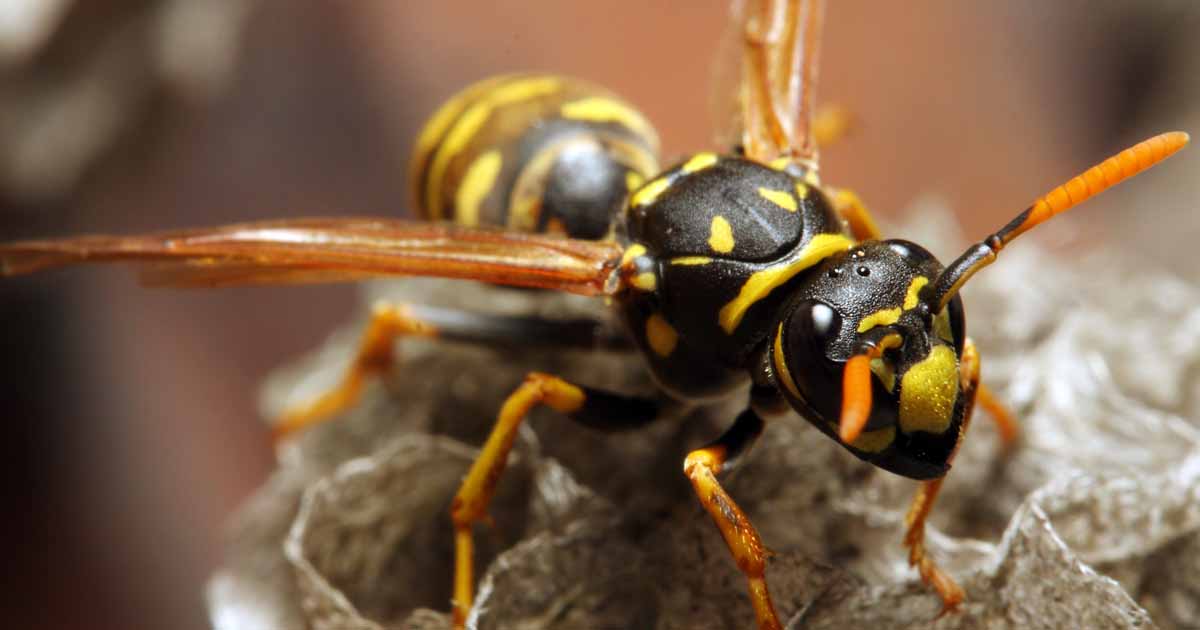

Pest Control Solutions
How To Get Rid Of Yellow Jackets With Gasoline
Modified: April 22, 2024
Learn effective pest control solutions for getting rid of yellow jackets with gasoline. Follow our expert tips for safe and efficient removal. Protect your home with our proven methods.
(Many of the links in this article redirect to a specific reviewed product. Your purchase of these products through affiliate links helps to generate commission for Storables.com, at no extra cost. Learn more)
Introduction
Yellow jackets are notorious for their aggressive behavior and painful stings, making them a nuisance for homeowners and outdoor enthusiasts alike. These relentless pests can quickly turn a peaceful outdoor gathering into a chaotic scene of swatting and dodging. While there are various methods for eliminating yellow jackets, using gasoline as a means of eradication requires caution and careful execution.
In this comprehensive guide, we will delve into the intricacies of dealing with yellow jackets using gasoline. From understanding the behavior and habits of these pests to the necessary precautions and step-by-step instructions, this article will equip you with the knowledge to tackle a yellow jacket infestation effectively and safely.
So, if you've found yourself in a battle against these aggressive insects and are considering using gasoline as a solution, it's crucial to understand the risks involved and the proper techniques to ensure a successful outcome. Let's explore the world of yellow jackets and discover the best practices for using gasoline to get rid of them.
Key Takeaways:
- Safety First!
When dealing with yellow jackets, prioritize safety and consider alternative methods like insecticidal products to avoid the risks associated with using gasoline. - Caution is Key
If using gasoline, follow precise steps, wear protective gear, and dispose of it properly. Always prioritize safety and environmental responsibility.
Read more: How To Get Rid Of Yellow Jackets?
Understanding Yellow Jackets
Yellow jackets, scientifically known as Vespula and Dolichovespula, are a species of predatory wasps that belong to the family Vespidae. These aggressive insects are characterized by their distinctive yellow and black markings, and they are notorious for their territorial behavior and painful stings. Yellow jackets are social insects, living in colonies with a well-defined caste system consisting of queens, workers, and drones.
During the spring, a single fertilized queen emerges from hibernation and begins constructing a new nest. The queen lays eggs, and the first brood of workers emerges to assume the responsibilities of foraging for food, expanding the nest, and caring for subsequent broods. As the colony grows, the yellow jackets become increasingly defensive of their territory, especially during late summer and early fall when food sources become scarce.
Yellow jackets are opportunistic feeders, preying on a variety of insects and scavenging for sugary substances, making them a common sight at outdoor events where food and drinks are present. Their aggressive nature and ability to sting repeatedly make them a significant threat to humans and pets, particularly for those who are allergic to insect stings.
Nests built by yellow jackets can be found in various locations, including underground burrows, hollow trees, wall voids, and eaves of buildings. These nests can house thousands of individuals, posing a considerable risk to anyone who inadvertently disturbs them.
Understanding the behavior and biology of yellow jackets is crucial when considering methods for eradication. Their aggressive nature and defensive instincts must be taken into account when planning the approach to eliminate them effectively and safely.
By gaining insight into the habits and characteristics of yellow jackets, individuals can make informed decisions about the most appropriate strategies for managing and controlling these pests. This knowledge forms the foundation for implementing targeted and efficient methods to address yellow jacket infestations, ensuring the safety of both humans and the environment.
Risks and Precautions
When considering the use of gasoline as a method for eliminating yellow jackets, it is imperative to acknowledge the inherent risks and exercise utmost caution throughout the process. Gasoline is a highly flammable and volatile substance, and its use in pest control presents potential hazards that must be carefully managed to ensure the safety of individuals and the environment.
Risks of Using Gasoline:
- Flammability: Gasoline is extremely flammable, and its vapors can ignite with ease. The presence of open flames, sparks, or heat sources in the vicinity of gasoline can lead to rapid and uncontrollable fires, posing a significant risk of property damage and personal injury.
- Toxicity: Gasoline contains harmful chemicals, such as benzene and toluene, which can pose health risks upon exposure. Inhalation of gasoline vapors or direct contact with the skin can result in adverse health effects, including dizziness, nausea, and skin irritation.
- Environmental Impact: Improper use or disposal of gasoline can lead to environmental contamination. Spills or leakage of gasoline can pollute soil, water sources, and the surrounding ecosystem, causing harm to wildlife and vegetation.
Precautions for Safe Application:
- Protective Gear: When handling gasoline, individuals must wear appropriate protective gear, including gloves, eye protection, and clothing that covers exposed skin. This minimizes the risk of direct contact and reduces the potential for skin irritation.
- Ventilation: It is crucial to work in a well-ventilated area when using gasoline. Adequate airflow helps disperse gasoline vapors, reducing the risk of inhalation and minimizing the accumulation of flammable gases.
- Fire Safety Measures: Prior to using gasoline, all sources of ignition, such as open flames, electrical equipment, and smoking materials, must be removed from the vicinity. Additionally, having a fire extinguisher readily available is essential to address any unforeseen ignition incidents.
- Proper Disposal: Any unused gasoline and contaminated materials must be disposed of in accordance with local regulations. Improper disposal can lead to environmental harm and legal repercussions.
Read more: How To Get Rid Of Yellow Jackets In Wall
Alternative Methods:
Considering the potential risks associated with using gasoline, it is essential to explore alternative pest control methods that offer effective and safer outcomes. Utilizing commercially available insecticidal products specifically formulated for yellow jacket elimination can provide a safer and more controlled approach to managing infestations.
By acknowledging the risks and implementing stringent precautions, individuals can mitigate the potential hazards associated with using gasoline for yellow jacket eradication. Prioritizing safety and environmental responsibility is paramount when dealing with pest control solutions, ensuring that the chosen methods align with best practices and regulatory guidelines.
Steps to Get Rid of Yellow Jackets with Gasoline
-
Identify the Nest: The first step in using gasoline to eliminate yellow jackets is to locate the nest. Yellow jacket nests can be found in various locations, including underground, within wall voids, or in other concealed spaces. Carefully observe the flight patterns of the yellow jackets to trace their entry and exit points, which can lead to the discovery of the nest's location.
-
Prepare the Area: Before proceeding with the application of gasoline, it is crucial to ensure that the surrounding area is clear of any potential ignition sources. Remove any open flames, electrical appliances, or other heat-emitting objects from the vicinity. Additionally, notify others in the vicinity about the upcoming treatment to prevent accidental exposure.
-
Dusk or Dawn Application: Choose to apply the gasoline during dusk or dawn when the yellow jackets are less active within the nest. This timing reduces the likelihood of encountering aggressive behavior from the insects and allows for a more controlled application process.
-
Wear Protective Gear: Prior to handling gasoline, don appropriate protective gear, including gloves, eye protection, and clothing that covers exposed skin. This safeguards against direct contact with the gasoline and minimizes the risk of skin irritation.
-
Application Technique: Using a long-reaching tool, such as a nozzle attachment on a gasoline can or a designated applicator, carefully dispense the gasoline into the entry point of the yellow jacket nest. Exercise caution to avoid spillage and ensure that the gasoline reaches the interior of the nest.
-
Retreat Safely: After applying the gasoline, promptly and cautiously retreat to a safe distance from the treated area. Maintain a vigilant stance to observe any yellow jacket activity and be prepared to respond to any unexpected developments.
-
Monitor and Dispose: Monitor the nest area from a safe distance to assess the effectiveness of the gasoline treatment. Over time, the activity of the yellow jackets should diminish, indicating the success of the eradication process. Once the nest is deemed inactive, carefully dispose of any remaining gasoline and contaminated materials in accordance with local regulations.
By following these steps with precision and care, individuals can utilize gasoline as a method for eliminating yellow jackets effectively. It is essential to prioritize safety at every stage of the process and to exercise caution when handling and applying gasoline to ensure a successful outcome.
Do not use gasoline to get rid of yellow jackets. It is dangerous and can harm the environment. Instead, use a commercial insecticide specifically designed for yellow jackets.
Conclusion
In conclusion, the use of gasoline as a method for getting rid of yellow jackets requires meticulous planning, strict adherence to safety protocols, and a thorough understanding of the risks involved. While gasoline can be effective in eradicating yellow jacket nests, it is crucial to prioritize safety and consider alternative methods that offer a lower risk of potential hazards.
The aggressive nature of yellow jackets and the potential dangers associated with handling gasoline necessitate a cautious and well-informed approach. By identifying the nest, preparing the area, and applying gasoline during optimal times, individuals can mitigate risks and increase the likelihood of a successful eradication process. However, it is essential to emphasize the importance of protective gear, proper ventilation, and the safe disposal of gasoline to minimize the potential for accidents and environmental harm.
Furthermore, exploring alternative pest control methods, such as commercially available insecticidal products specifically formulated for yellow jacket elimination, presents a safer and more controlled approach. These products are designed to target yellow jackets effectively while minimizing the risks associated with handling volatile substances like gasoline.
Ultimately, the decision to use gasoline for yellow jacket eradication should be approached with careful consideration of the potential risks and the implementation of stringent safety measures. Prioritizing safety, environmental responsibility, and compliance with regulatory guidelines is paramount in ensuring the well-being of individuals and the preservation of the surrounding ecosystem.
By integrating knowledge of yellow jacket behavior, safety precautions, and alternative pest control methods, individuals can approach yellow jacket infestations with a comprehensive and informed strategy. This approach not only enhances the safety and effectiveness of the eradication process but also contributes to a more sustainable and responsible approach to pest management.
In summary, while gasoline can be utilized as a method for getting rid of yellow jackets, it is essential to weigh the risks and exercise caution at every stage of the process. By embracing safety, environmental consciousness, and informed decision-making, individuals can address yellow jacket infestations effectively while safeguarding the well-being of themselves and their surroundings.
Frequently Asked Questions about How To Get Rid Of Yellow Jackets With Gasoline
Was this page helpful?
At Storables.com, we guarantee accurate and reliable information. Our content, validated by Expert Board Contributors, is crafted following stringent Editorial Policies. We're committed to providing you with well-researched, expert-backed insights for all your informational needs.
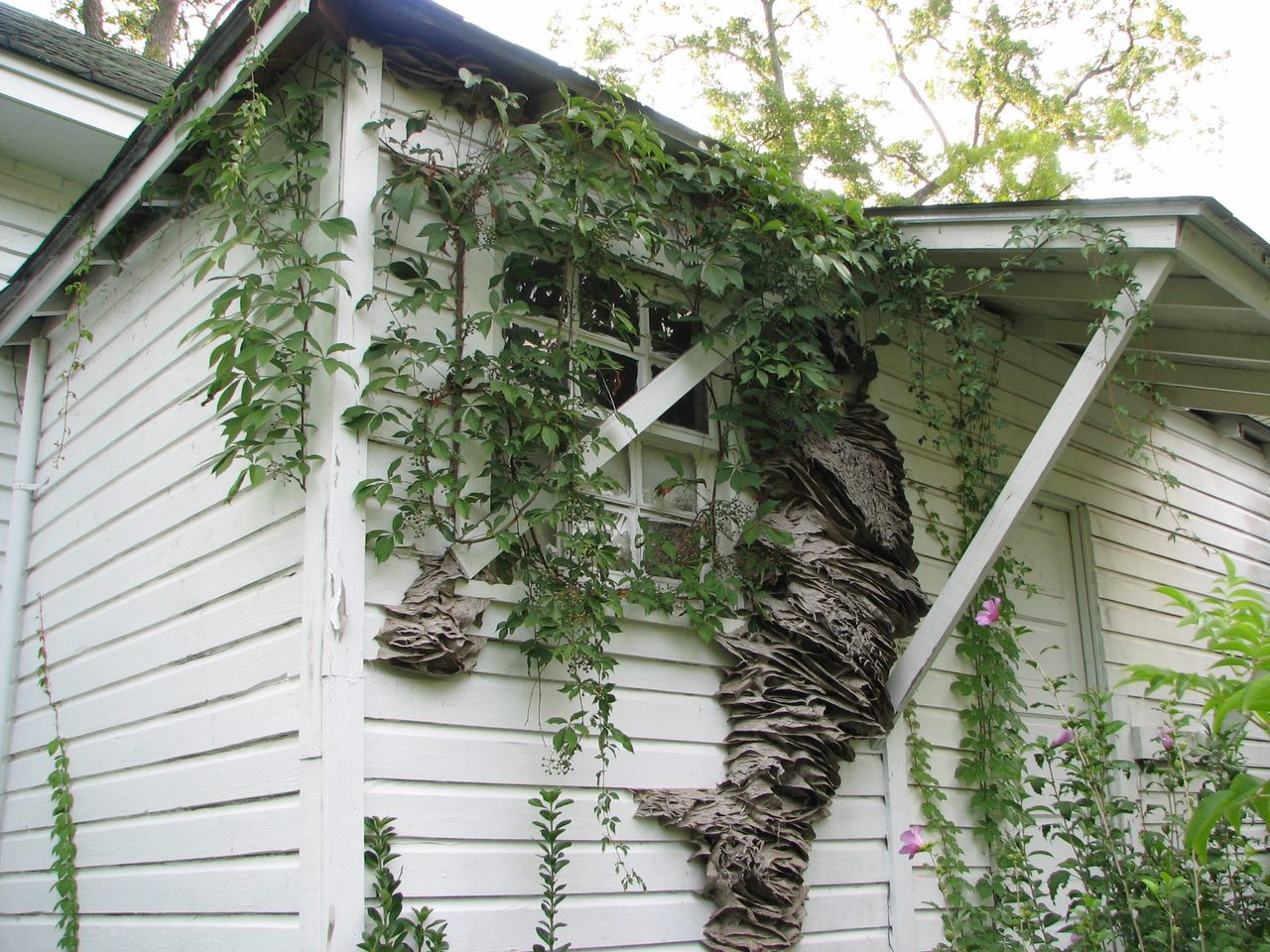
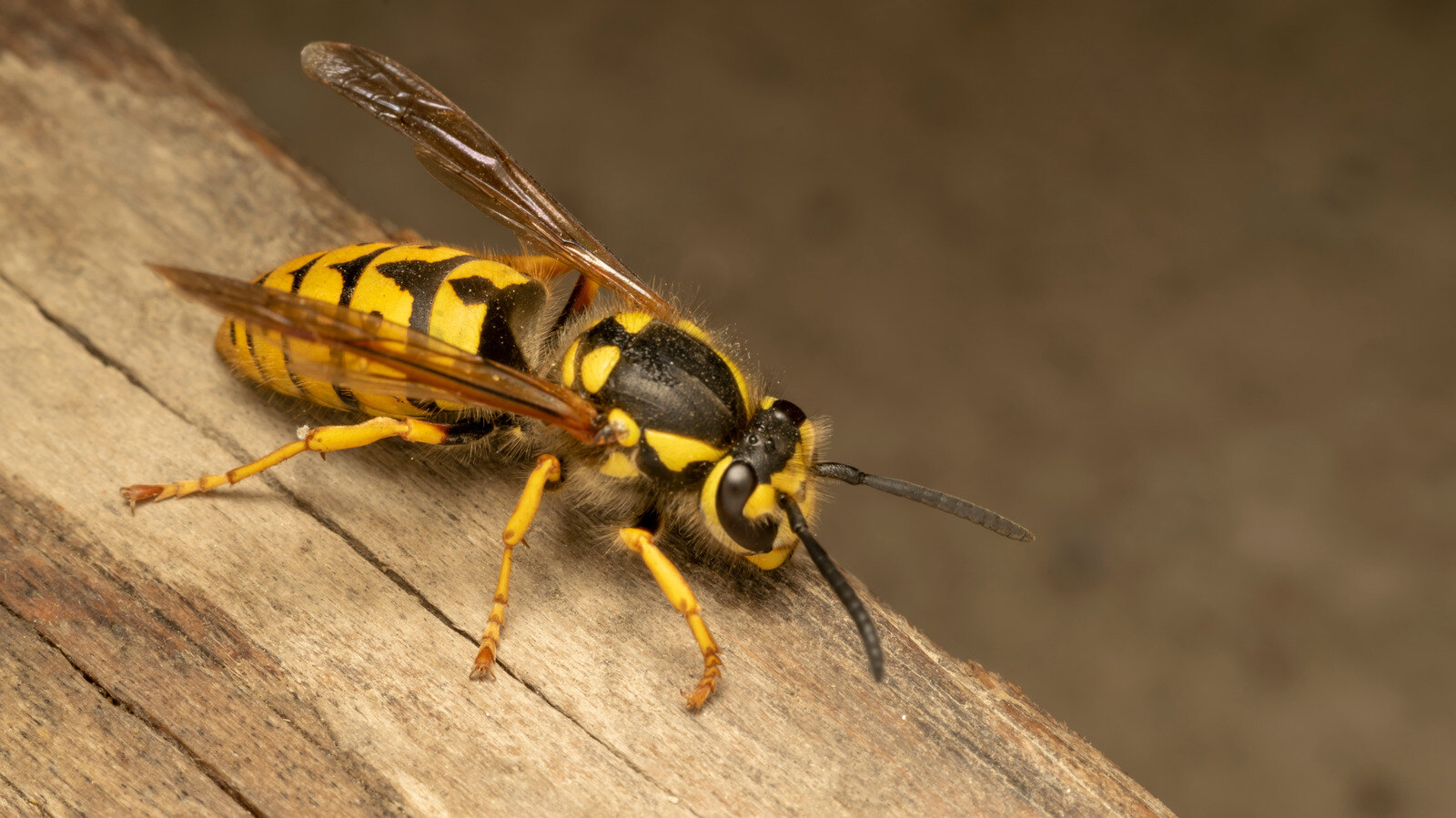
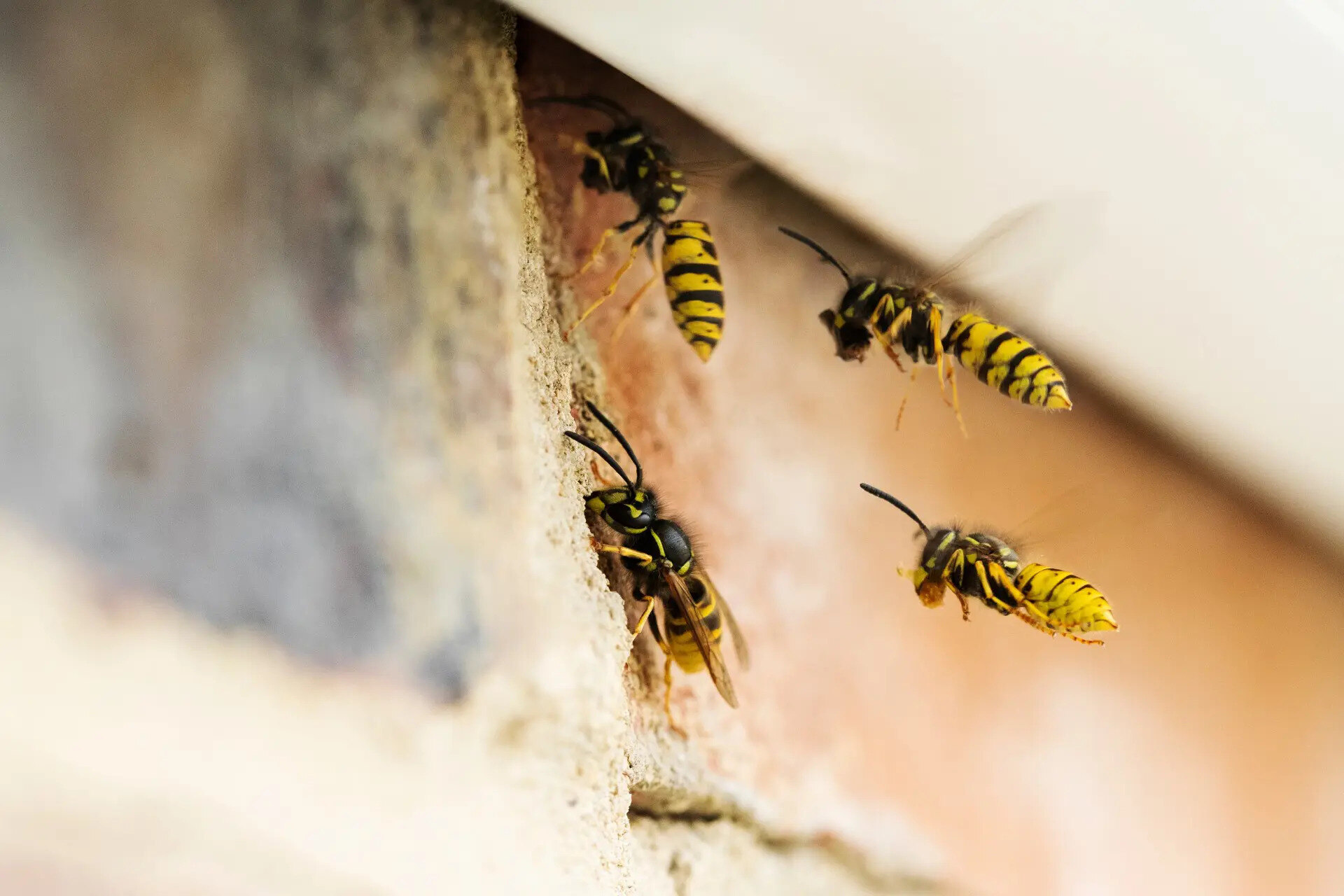
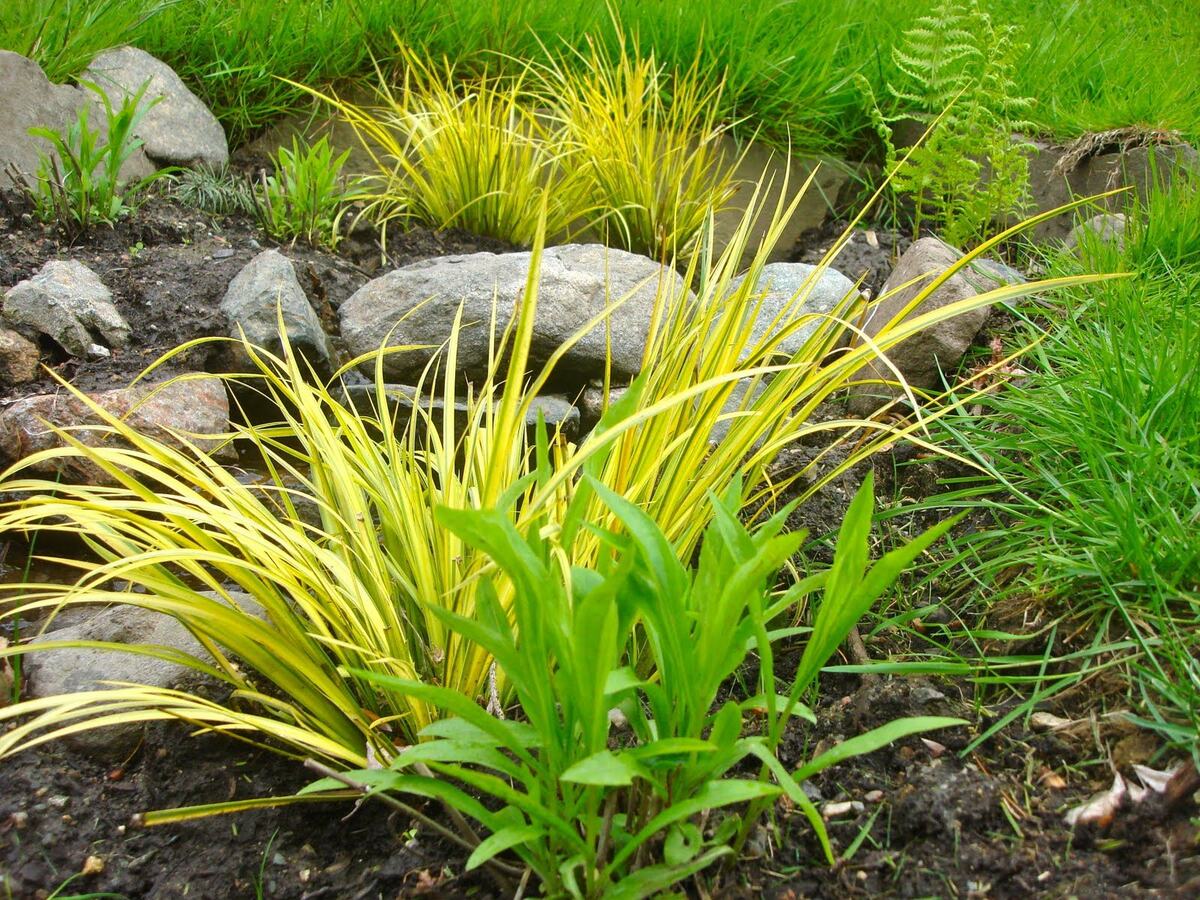
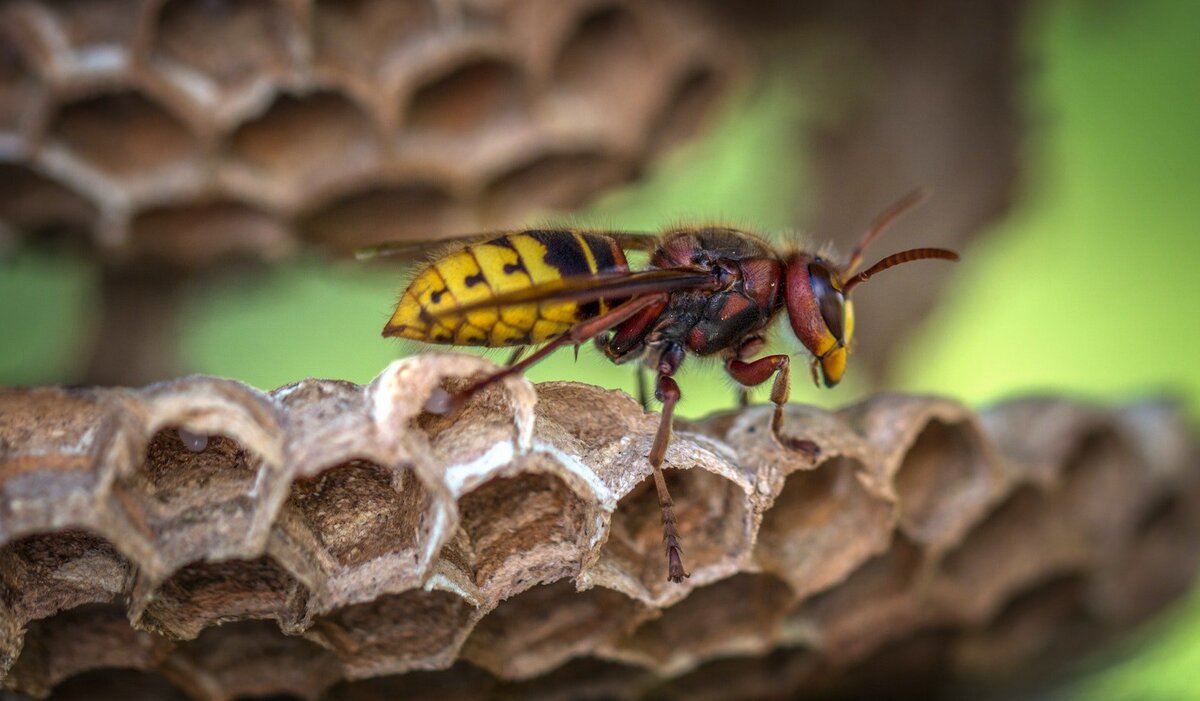
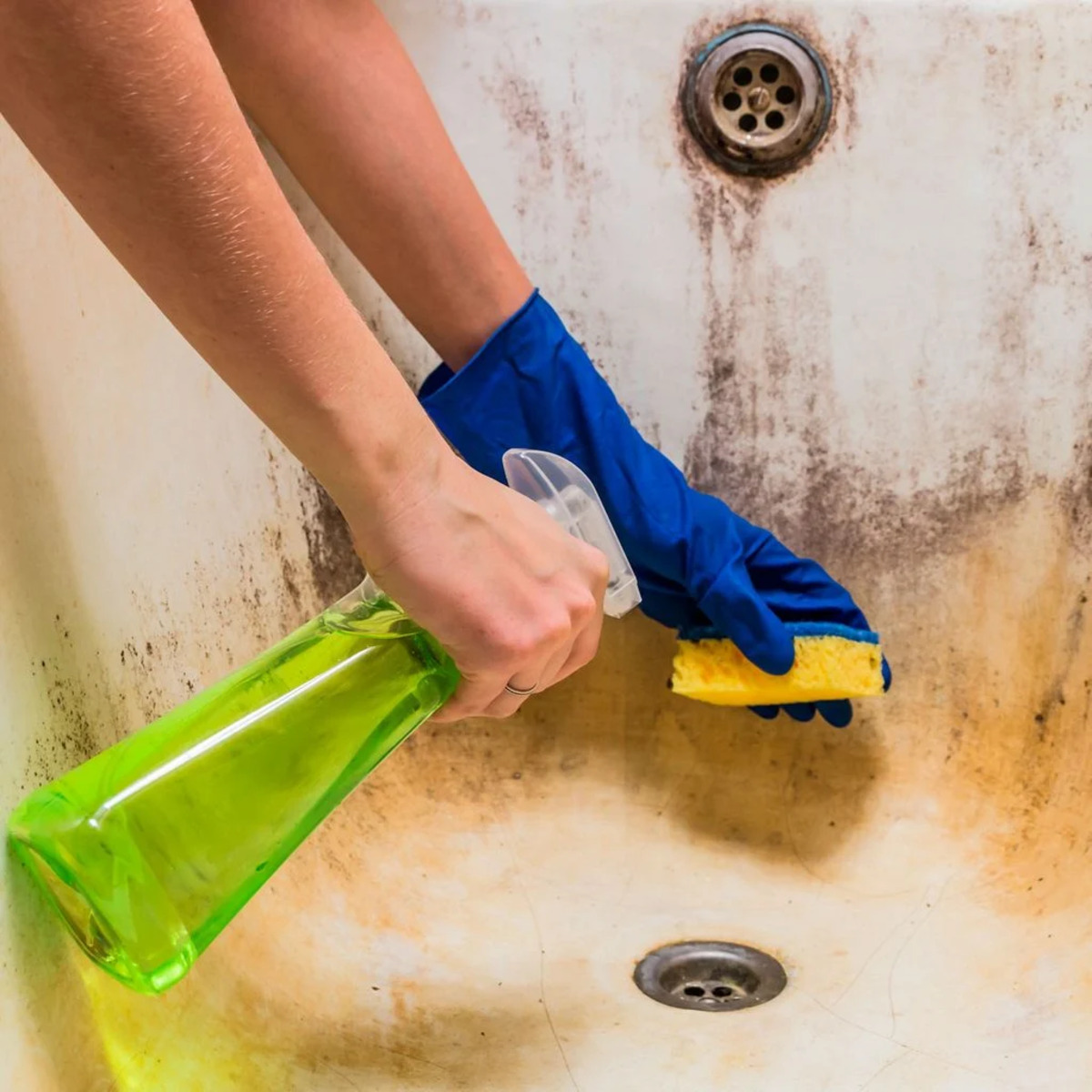
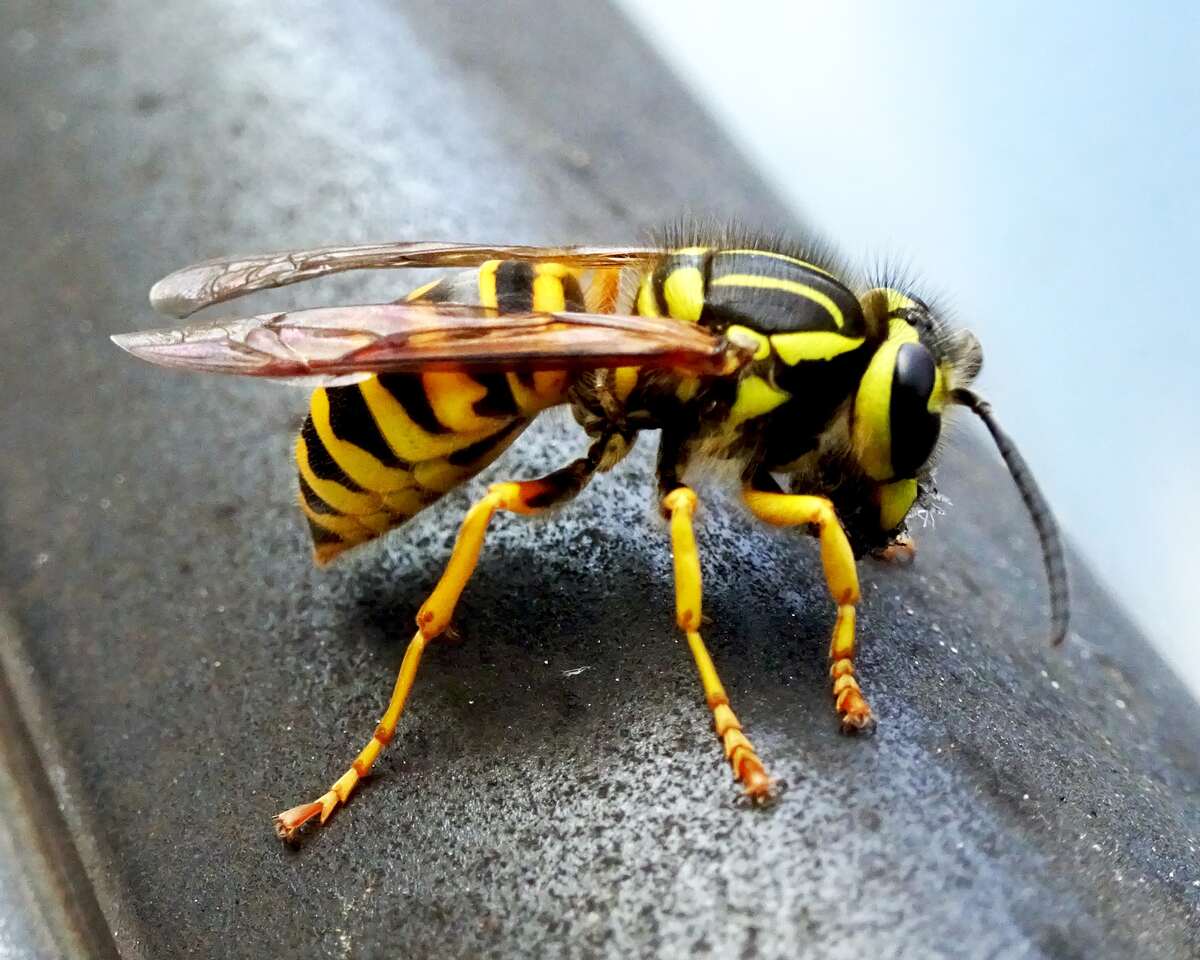
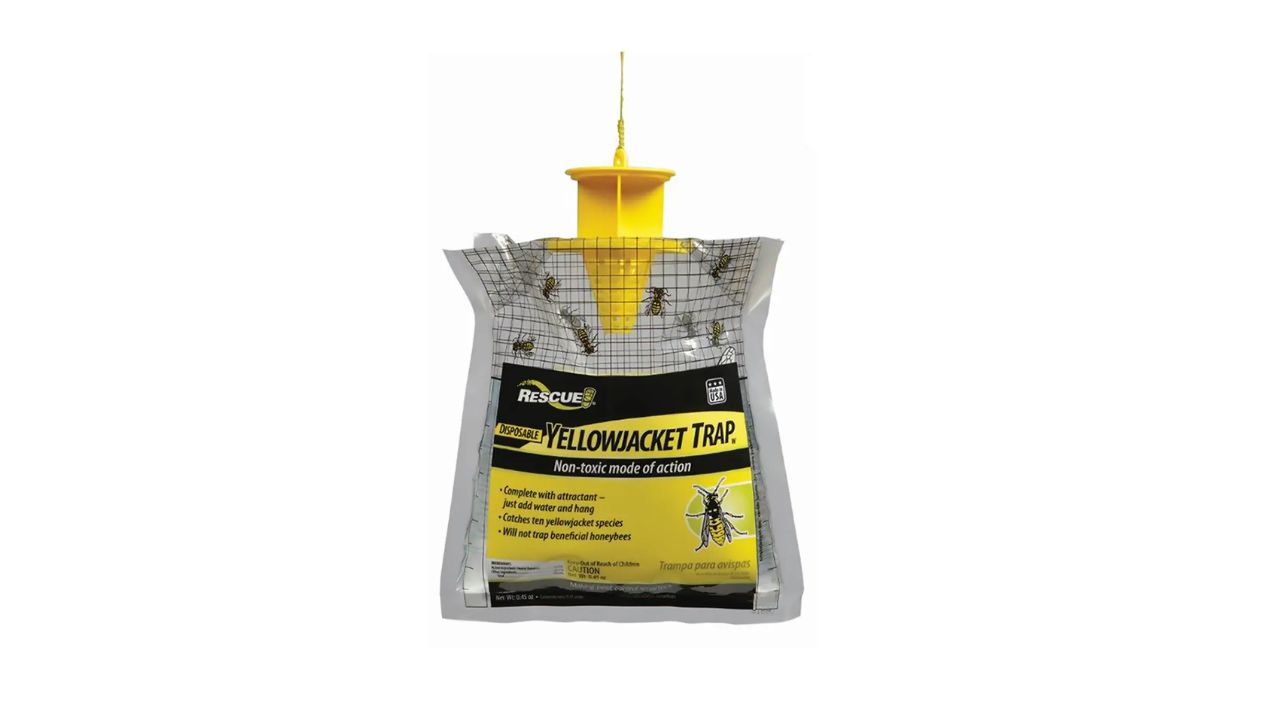
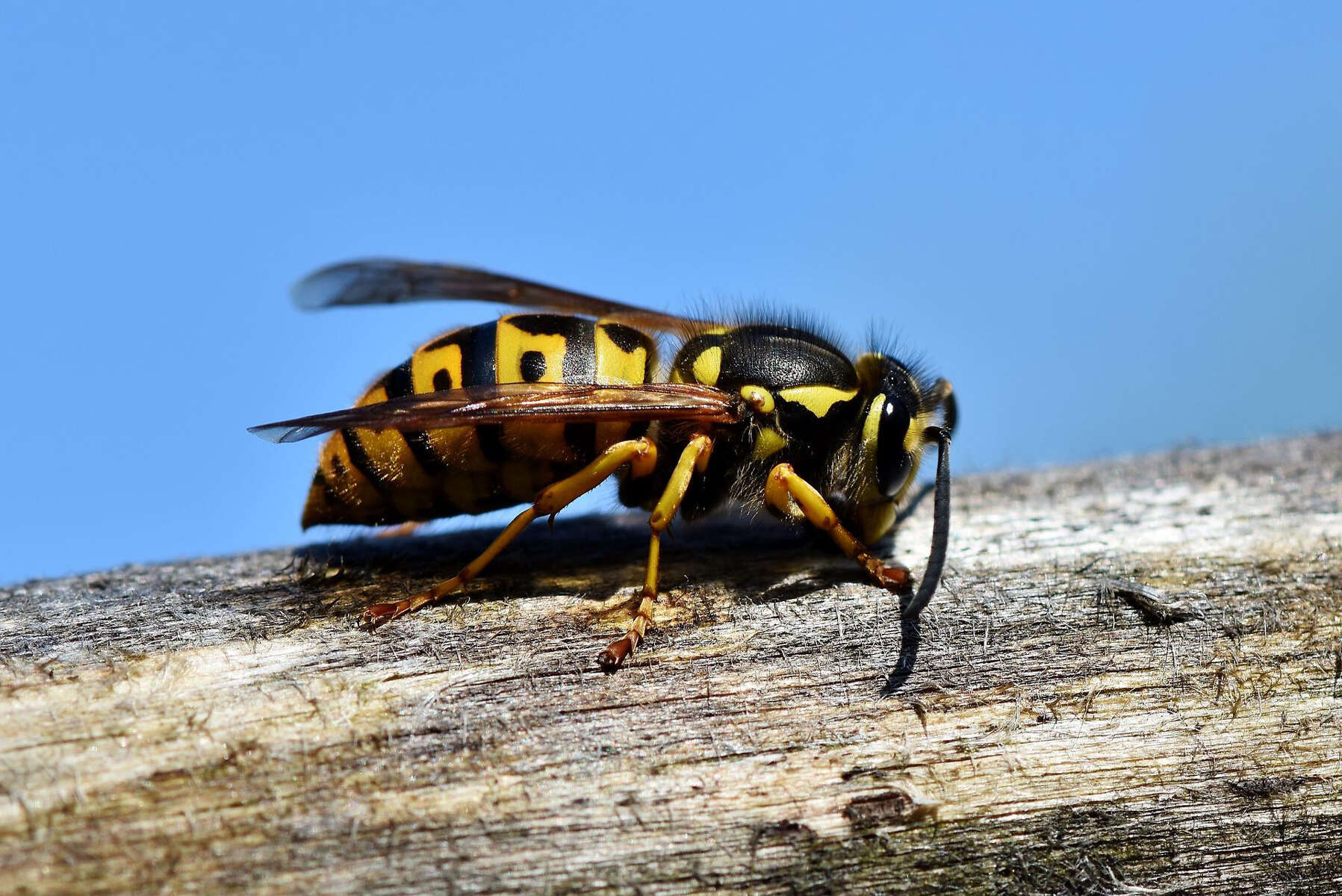
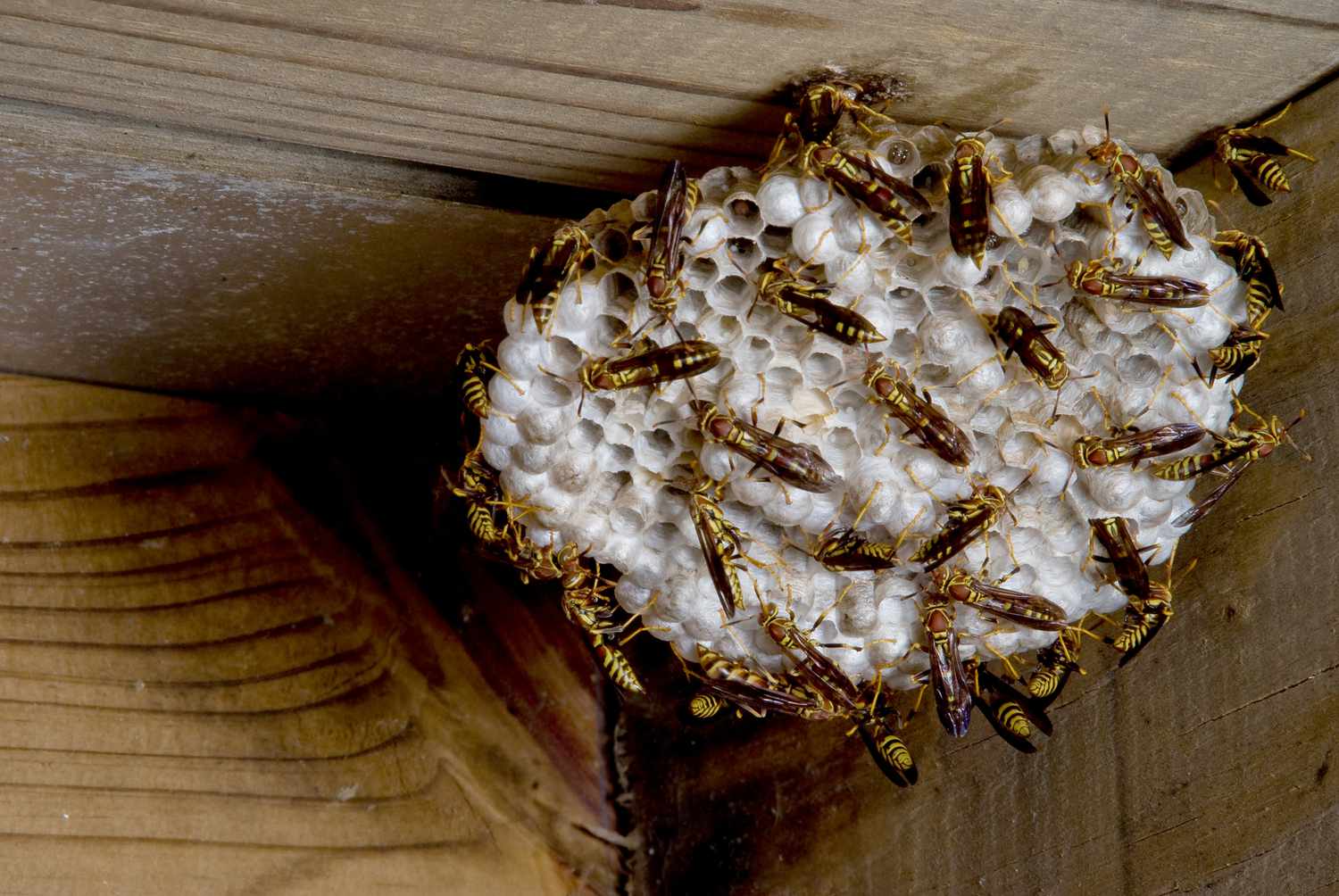
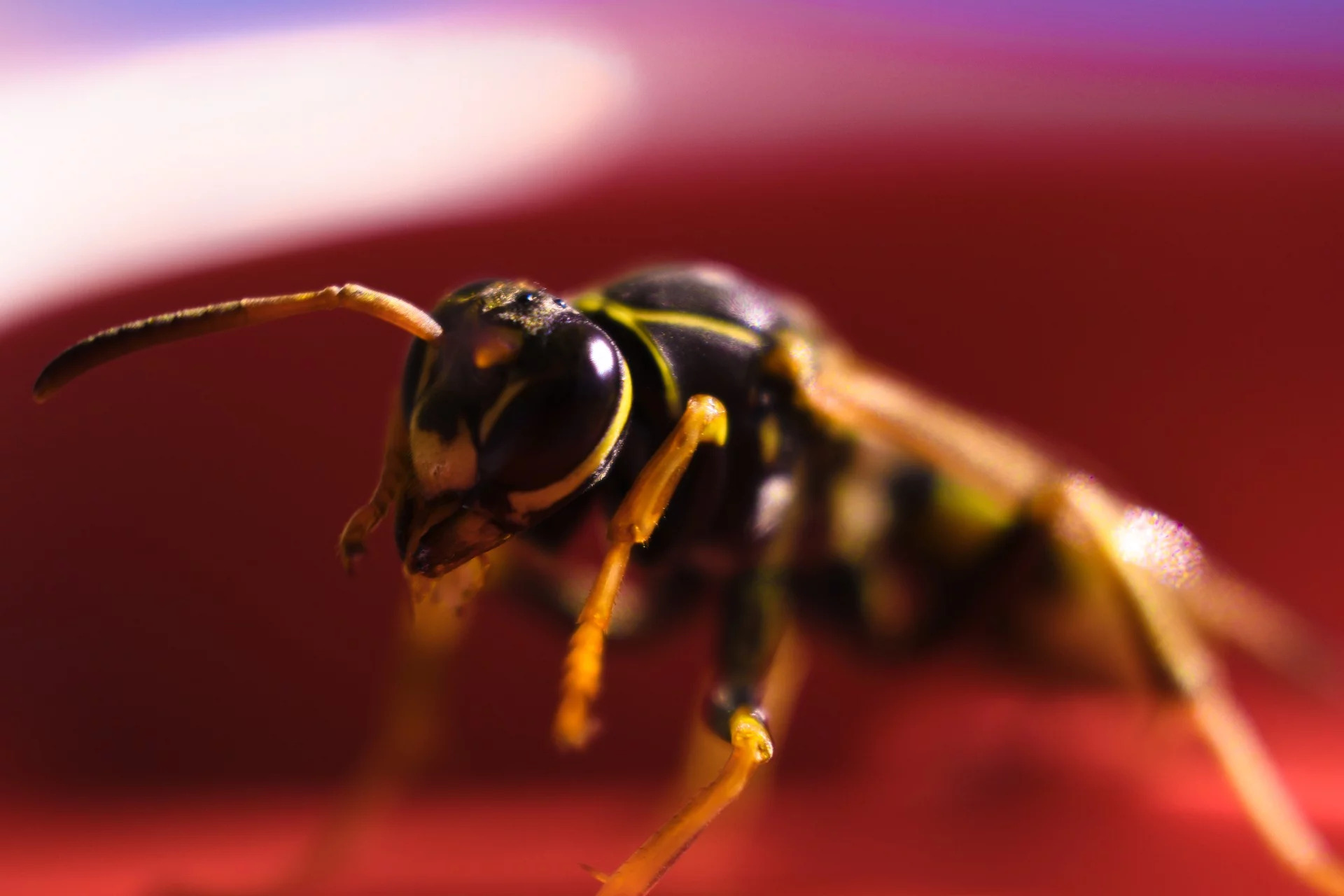
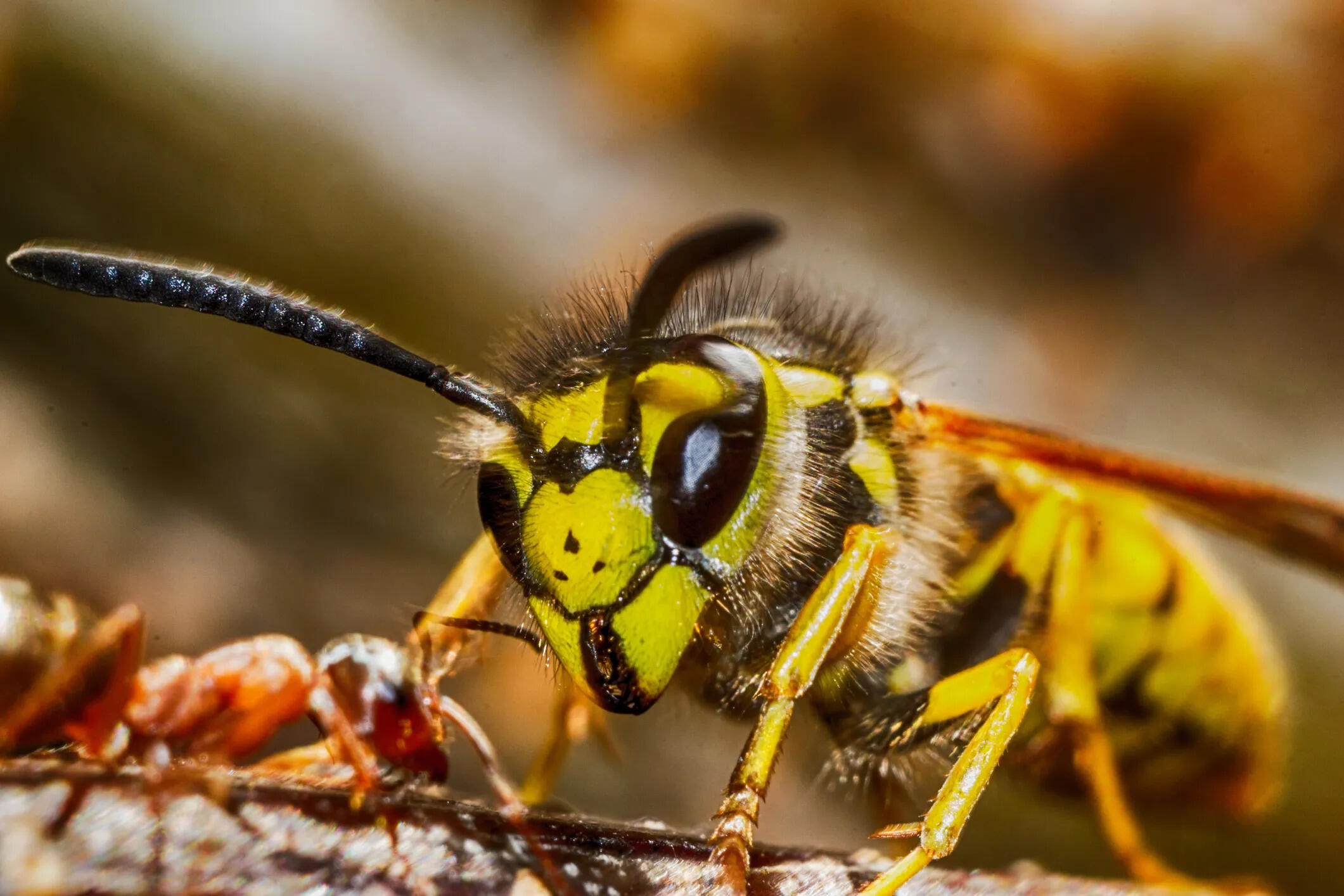
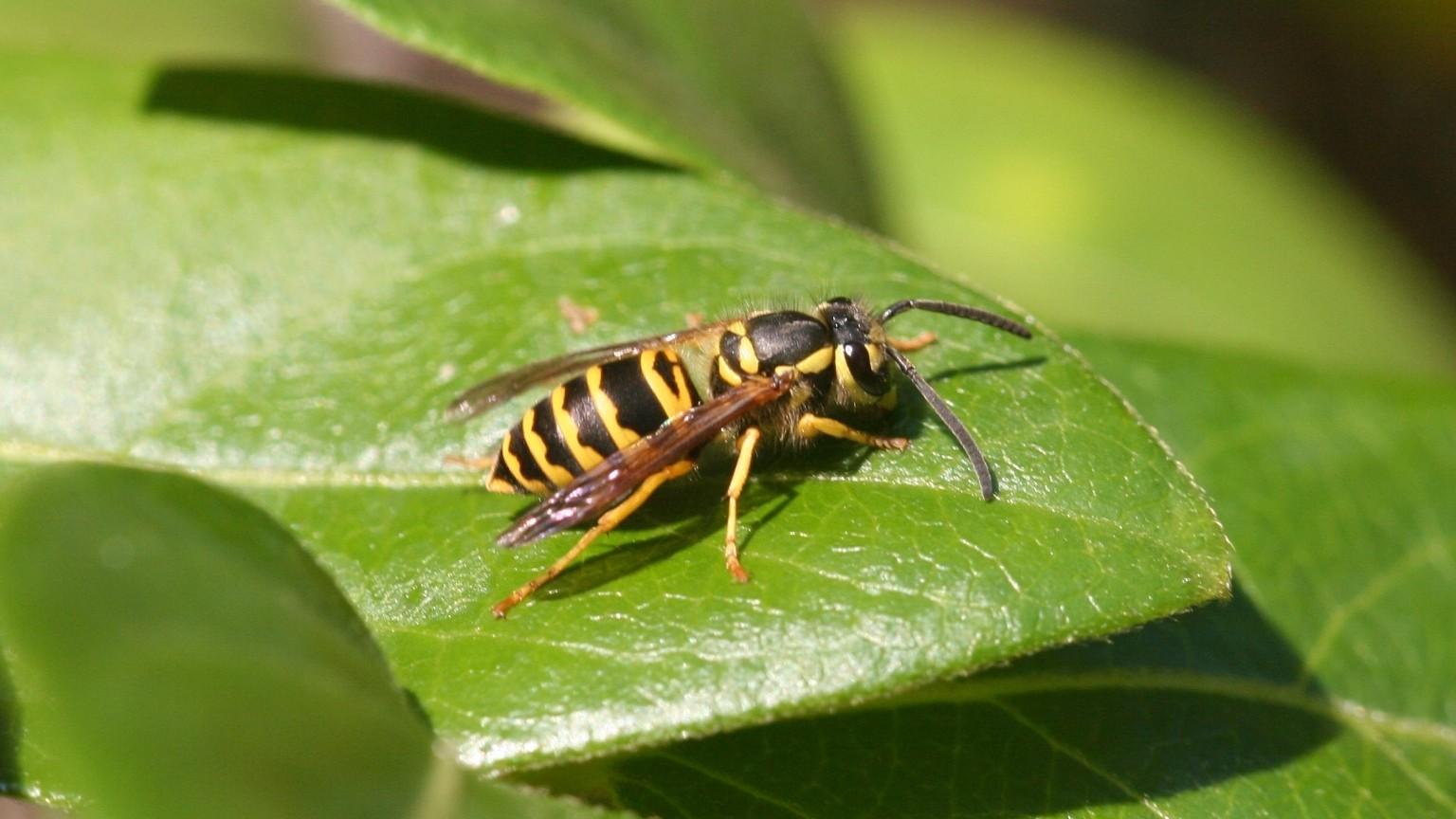
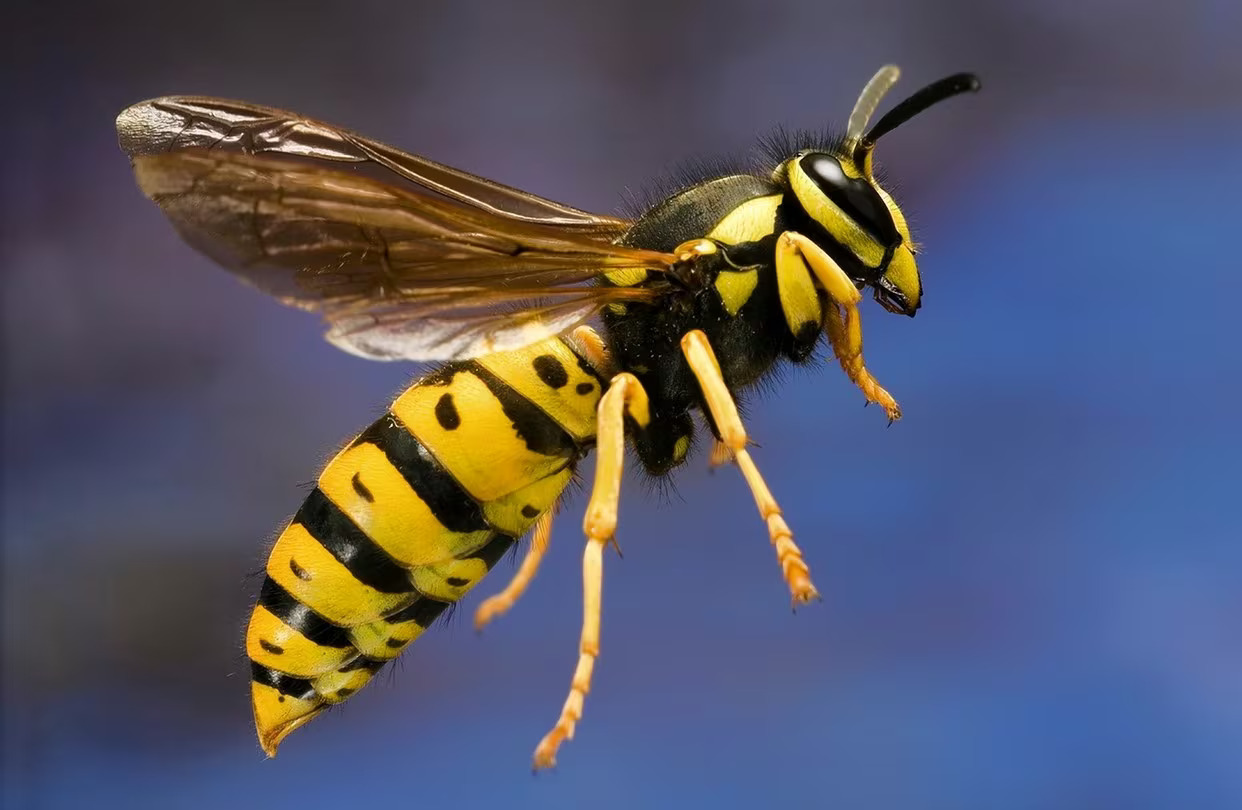

0 thoughts on “How To Get Rid Of Yellow Jackets With Gasoline”